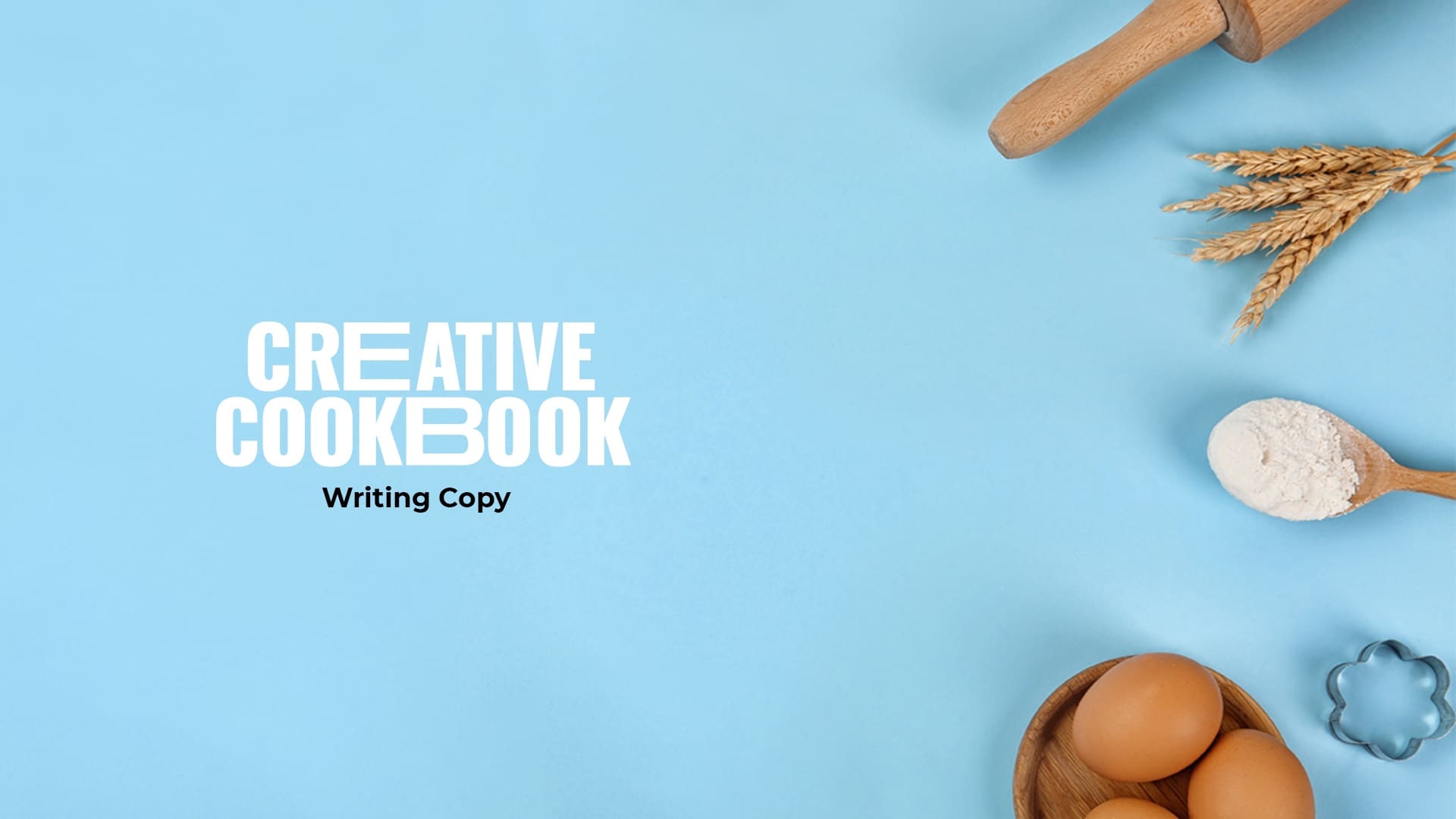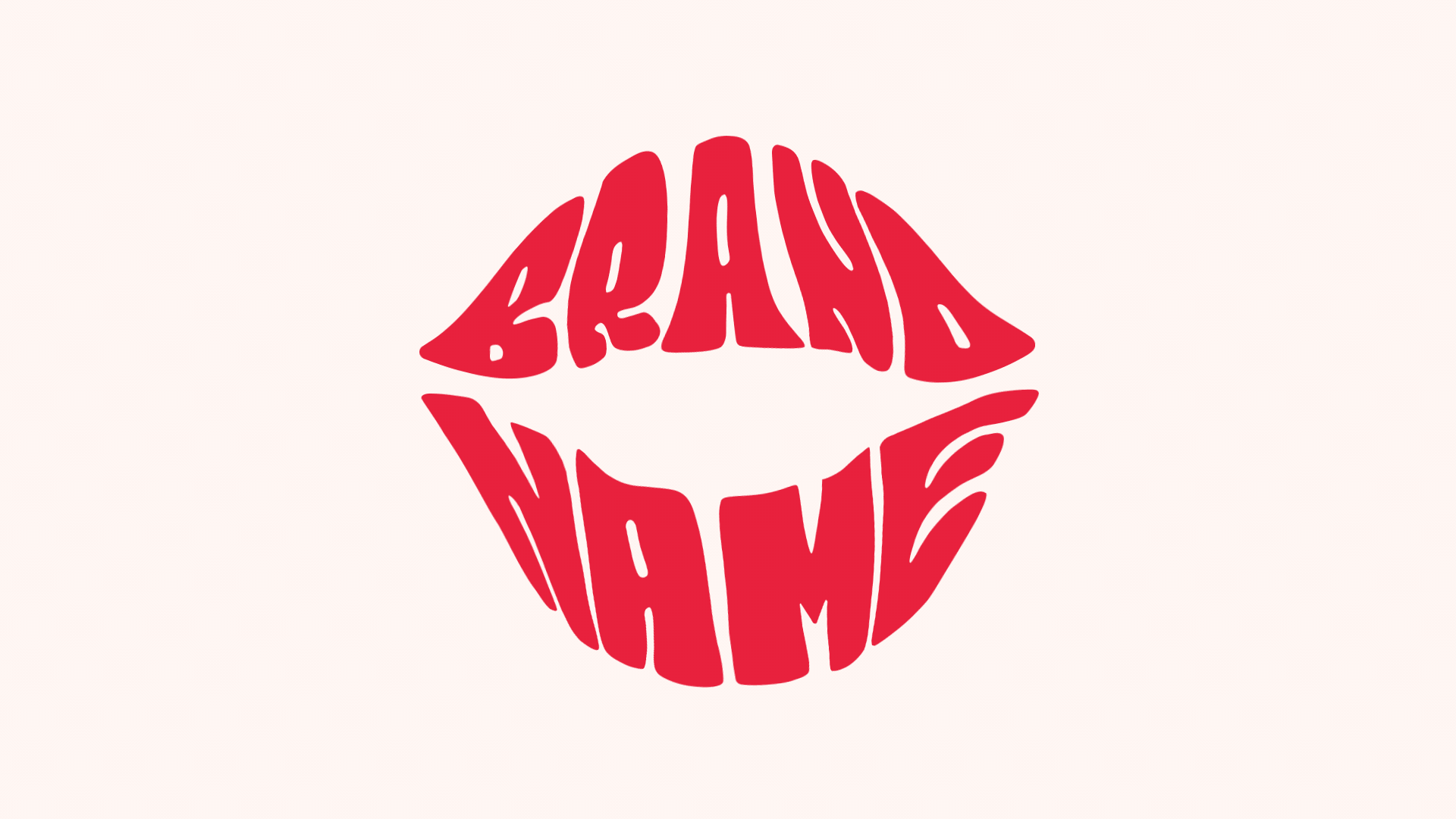I don’t know how true it is, but there’s some stat floating around the marketing-sphere that you have about 3 seconds to hook a user once they’ve landed on your website.
Fail to grip them in that time and you’ve lost them to the sands of time. Or, worse, your competitor. Ain’t nobody got time for that.
While the truth of that “fact” is probably up for dispute, here’s one thing I do know: even the highest performing websites have bounce-rates between 40-70%. So even great websites lose a whole bunch of traffic because they fail to immediately engage their reader.
Now, the design of your website plays a HUGE role in how well it engages your reader. But there’s also another aspect that isn’t always given the due care and attention it deserves – copywriting.
Many businesses – especially those in the b2b sector – will spend literally tens of thousands on developing brand new swanky websites. But then leave it to the office secretary – who has ZERO experience in writing persuasive marketing copy – to take care of all the written content…
That’s the equivalent of paying Ferrari to design a stunning body and chassis for your new car and then asking your Grandad to build the engine for it. Unless your Grandad’s Elon Musk, which I doubt, that car might look pretty, but it ain’t gonna take you anywhere fast.
Now, fortunately for you, writing decent copy is a little easier than custom building an engine (I assume, I’ve honestly never tried the latter).
To help you get to grips with it, in this article, I’ll be giving you some copywriting tips pulled straight from the Elastic Creative marketing recipe book. That way you’ll be well on your way to writing engaging and delightful copy your readers love to read!
Let’s get to it.
Tip #1: Write for your audience, not for your English teacher
I don’t know about you, but when I used to write English essays in high school I’d sit at the desk with a thesaurus next to me. Yes, this was pre-Google days. And, yes, I’m old.
The objective was simple: to string together a series of complicated words to make my unsophisticated literary analysis sound much more intelligent than it actually was. Then, the teacher would be so astounded by my immense vocabulary they’d have no choice but to give me a good mark.
And that works… In high school. But it’s not so great in real life.
You see, in real life, people want an easy reading experience. Not an unchallenging perusal of textual artefacts. Your rich vocab might give your mom something to brag about when she’s telling her friends about how smart you are, but it’s not impressing anyone else.
Next time you sit down to write some copy, I urge you to forget almost everything your English teacher taught you. Instead, focus on writing for humans, by using real, everyday language they’re familiar with.
Remember, your aim here is to start a conversation with your audience.
To help you get started, I’ve listed some of the most common issues that come up in boring marketing copy and how you can fix them:
- Don’t be afraid of contractions (unless you’re pregnant…) – This is a big one. Despite the fact that no one – other than maybe the Queen – uses words like “do not”, “will not” and “could have” in everyday conversation, they seem to rear their ugly heads into a lot of uninspiring copy. As soon as some people put finger to keyboard, they think it’s no longer acceptable to use “don’t”, “won’t” and “could’ve”. But I’m here to tell you that it’s not only acceptable, it’s actually preferred. 1) it’s loads easier to read, and 2) it makes you sound like a real human instead of a faceless corporate conglomerate! And trust me, that definitely works in your favour.
- Sub out the complex words – When you’re writing marketing copy, I want you to do the opposite of what you did in high school. Instead of using that thesaurus to make your copy sound like it was written by a university literature professor, use it to simplify your writing. If you can find a simpler way of saying something, do it. Instead of “organisations” say “businesses”, instead of “highly accelerated” say “rapid” or “fast”, instead of “streamlined user-interface” say “easy-to-use”. The goal is to get your message across as clearly and quickly as possible.
Tip #2 – Content first, style second
Now, I’m not gonna point any fingers, but there’s a whole lot of copy out there that sounds SUPER impressive, without actually saying anything.
That’s not a compliment.
Here’s a typical hero header you might see on a b2b website: “We’re an innovative, forward-thinking organisation that creates bespoke software packages to help businesses effortlessly achieve their goals.”
Cool. So what do you actually do?
This passage has plenty of style – it sounds impressive. But, it doesn’t actually tell the reader anything about the business. Content-wise, it’s pretty hollow.
Unless a reader is already seriously invested in the business, they’ll read that and scratch their head for 2 seconds before hitting the back button. It doesn’t speak to them, their needs or their interests.
Instead, it reads a little like one of Trump’s bloated, self-aggrandising press conferences. Probably not the vibe you’re wanting to give off.
Instead, your goal should be to first create good content and worry about style afterwards. And here’s why.
In academic circles, J.K. Rowling’s Harry Potter novels often get slated for being poorly written. Despite this, she’s sold over 500 million books worldwide.
While J.K. might not have that style thing nailed, she does know a thing or two about crafting a gripping story. She knows how to engage her audience.
By focussing on writing engaging and meaningful content, instead of trying to show-off her style or literary prowess, she’s become one of the most successful writers of all time.
It’s not that style is unimportant, it’s just that exciting your reader is more important than impressing them with your word wizardry.
Let’s go back to the example above and see if we can’t rejig it to have more depth:
“Slash the time it takes your team to complete everyday administrative tasks like requesting invoices, balancing the books and keeping track of your outgoings with our easy-to-use automated business finance-tracking software.
On average, our happy clients save over 500 administrative hours a year, helping them comfortably stay within budget.”
Now, I’ll be the first to admit that it’s not quite a Harry Potter novel.
That said, it does give the reader a clear sense of what this imaginary business does – sell automated business finance software – and how they can help – by reducing your workload up to 500 hours.
Unlike the first example, this passage has a lot of depth and it’s written in clear and simple language. It’s not only more useful for the reader, but it’s also more engaging, more convincing and easier to read.
Tip #3 – Give it a good squeeze!
Imagine you went to pick up your morning Starbucks and they hadn’t used a filter.
As you’re about to take that ludicrously satisfying first sip, you’re hit with a mouthful of nasty coffee granules that get stuck in your teeth and have you coughing and spluttering. #dayruined
The only positive to take from the situation is the feeling of power you’ll get complaining about it to the Starbucks customer service team on Twitter.
Every cloud, eh?
Well, if you publish your copy, without first running it through some sort of filtration process, that feeling I just described up there, that’s how your reader’s gonna feel.
Unless you don’t like your reader, I’d advise against making them feel anything less than awesome.
Just like a good coffee, good copy also requires a little filtering before it’s ready to be enjoyed in all its glorious magnificence. And you do that by squeezing out all of the extraneous crap that doesn’t need to be there.
Here’s a couple of tips to help slice anything unnecessary from your copy:
- #1 – Cut out repetition. Your user is on a time budget. They have a zillion things to do and literally no time to do it. So don’t waste their time by making the same point over and over. That means no paraphrasing. As an example, there’s no need to say “we save you time” in the heading, “our software reduces your workload” in the body, and then “start saving time today!” in the CTA. The reader gets it, make the point and move on.
- #2 – Challenge yourself to reduce the length of long sentences. Do your reader a favour by shortening your copy as much as possible. There’s nothing wrong with writing long-form content if it’s needed. People will read a long novel if it’s interesting. Same for your copy. But, that doesn’t give you free license to write reams of text. If you can say something in 10 words that took 14 in your first draft, do it.
Wrap-up
There you have, some top tips to help you nail your next piece of marketing copy. Pulled straight from our in-house bag of tricks.
We’ve seen them work on countless websites time and time again. And they’re sure to work for yours too.
As a final piece of advice, I’ll take the time here to mention the importance of targeting at this point. A great website with great copy won’t be worth anything if you’re not targeting the right audiences.
So, in order to get the most out of this article, it’s important to implement the tips here in tandem with a solid digital marketing strategy – that addresses both who your audience is and which channels you can find them on.
For further reading, check out our recipe for a successful digital marketing strategy and our 3 step guide to GoogleAds to help you learn how to find and target the perfect audience for your newly polished, highly awesome copy.



